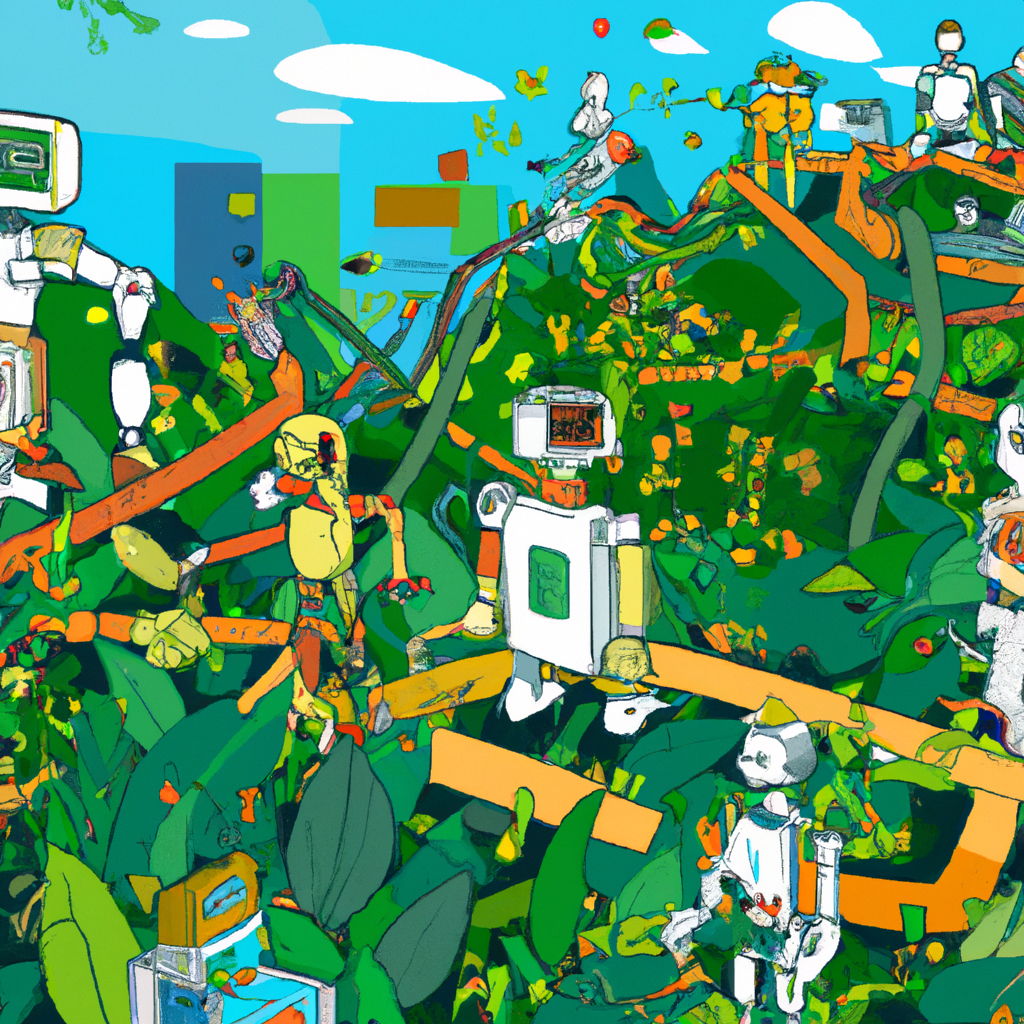| Key Takeaways |
|---|
| E-waste is a growing environmental problem that requires immediate action. |
| Sustainable tech solutions such as recycling, redesigning products, and extending their lifespan can help combat e-waste. |
| Consumers and manufacturers both have roles to play in reducing e-waste and promoting sustainability. |
| Adopting a circular economy model is crucial for the future of sustainable technology. |
What is E-Waste?
E-waste, or electronic waste, refers to discarded electronic products that are no longer wanted or working. As technology rapidly evolves, so does the amount of e-waste we produce. This is a growing problem worldwide because when not properly disposed of, e-waste can harm the environment. Harmful chemicals like lead and mercury can leak out from e-waste into the soil and water, damaging ecosystems and human health.
The Importance of Combatting E-Waste
Addressing the issue of e-waste is crucial. Not only does it pose a significant threat to our environment, but it also represents a loss of valuable materials like gold, silver, copper, and rare earth elements that could be recovered and reused. The growing volume of e-waste also highlights a broader issue in our relationship with technology: the unsustainable cycle of consumption and disposal.
Recycling E-Waste
Recycling is a key part of the solution to the e-waste problem. By properly recycling electronic devices, valuable materials can be recovered and reused, reducing the need to mine new materials. This not only conserves resources but also reduces the environmental impact associated with extraction and processing.
Redesigning and Producing Sustainable Products
Manufacturers have a responsibility to design products with their end of life in mind. This means creating devices that are easier to recycle, repair, and upgrade. Modular designs, for example, allow for easy replacement of parts, extending the product's lifespan and reducing waste. Additionally, using more sustainable materials can lessen the environmental impact of electronic devices.
Extending Product Lifespan
In a world accustomed to regular upgrades, encouraging the use of electronics for longer periods can significantly reduce e-waste. We advocate for repairing and refurbishing products wherever possible. By offering services like software updates for older devices and support for repairs, manufacturers can help extend product lifespans.
The Role of Consumers and Manufacturers
While manufacturers have a crucial part to play in designing and producing more sustainable tech, consumers also have the power to drive change. Opting to repair instead of replace, buying refurbished products, and properly recycling old electronics can all help reduce e-waste. Consumers can also demand more sustainable practices from manufacturers, influencing the industry's direction toward more eco-friendly solutions.
Towards a Sustainable Future
Ultimately, addressing the challenge of e-waste requires a shift towards a circular economy model. In this model, the life cycle of products is extended, and when they do reach the end of their life, materials are recovered and reused, minimizing waste. By embracing principles of sustainability, recycling, and responsible consumption, we can start to mitigate the impact of e-waste on our planet.
The fight against e-waste is a complex one, but with coordinated efforts between consumers, manufacturers, and governments, we can work towards a future where technology and sustainability go hand in hand. It's not just about reducing waste; it's about rethinking our approach to consuming technology in a way that respects our planet's limits. Together, we can create a tech industry that values longevity, recyclability, and environmental responsibility above all.
Shop Logics Technology
